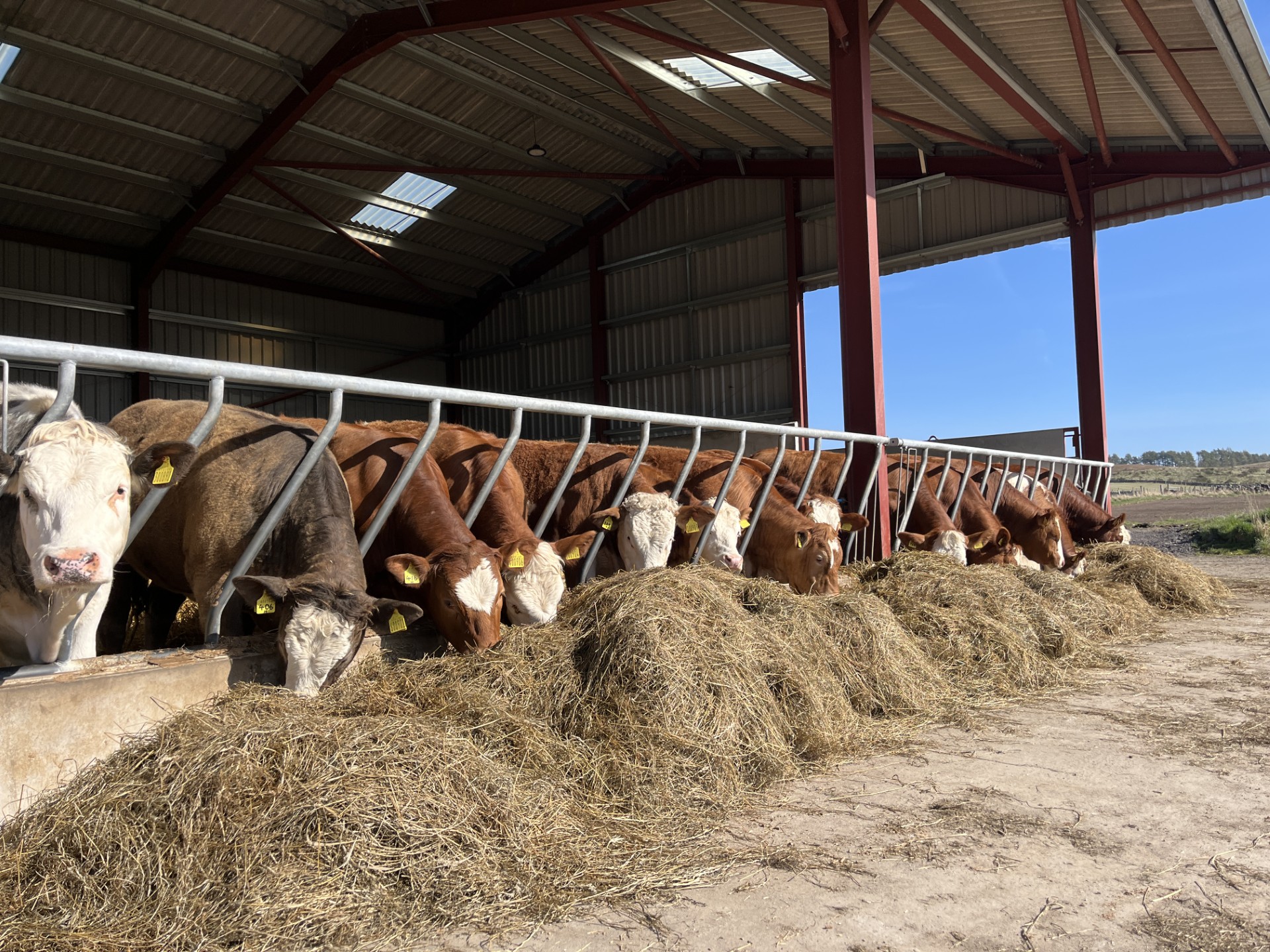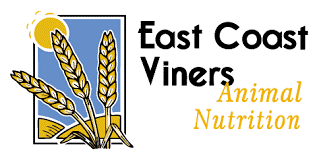A livestock nutrition expert is urging farmers to make critical decisions now on winter feeding strategies, with a hot, dry summer resulting in reduced silage stocks across Scotland.
“This year has once again reminded us of the unpredictability of weather ‘patterns’ – and the knock-on effect it has on forage,” says Steven Eddie of East Coast Viners Animal Nutrition, who warns that time is running out for farmers to plan effectively for the months ahead.
“Across Scotland, first cuts of silage had decent nutrient values, but yields were down due to the dry conditions. Later cuts fared worse, many delaying mowing in hope that the crop would bulk up but the lack of rain meant swards shot, producing seed heads and reducing the feed value of the grass.”
With silage stocks low on most farms, Eddie, who is a trained livestock nutritionist as well as a farmer, is encouraging farmers to make the most of home-grown cereals and straw this winter.
“Maximising on what’s in the shed with the right supplementary feeds will be key, and it’s vital to be making these decisions now so silage stocks are available when cattle most need them next spring.”
Straw is an effective source of long fibre making it an excellent base for ruminant diets, he advises.
“Ammonia was once the popular treatment for straw but a combination of cost and the lack of contractors willing to do it has made way for the interesting development of molasses blends. When molasses is mixed with straw to improve intake and protein levels, it can replace up to half the silage requirement.”
The key to successful supplementation, explains Steven, is in balancing fermentable energy with rumen degradable protein.
“Any supplementary feed must have a good source of fermentable energy (FME) paired with a compatible supply of effective rumen degradable protein (ERDP). When the supply of these is balanced and synchronised, it increases microbial protein production, which is important on two levels: to improve animal performance; and to utilise the ruminant’s natural ability to produce microbial protein reduces the need for extra protein to be fed – and the costs associated with this.”
Supplementing strategically
Molasses hits the sweet spot for both straw and grain, and for beef and dairy cattle, says Steven.
“The sucrose present in the sugar in the molasses is key to stimulating rumen activity,” he explains. “As a six-carbon sugar, it has a significant effect on fibre digestion and production of microbial protein. Sucrose fermentation also aids butyrate production which stabilises acid loading in the rumen and reduces the risk of acidosis.”
When silage is short, this straw/molasses ration pays dividends:
“For feeding spring calving suckler cows, 10kg of grass silage can be substituted by 2.1kg of straw and 1kg of molasses. This means that for every four days the straw/molasses ration is fed, an additional day of winter forage is gained from your silage pit.”
This allows silage to be saved and fed to higher priority stock such as growing cattle and lactating cows.
“This will save the stress in February when the cattle need the best nutrition, but these decisions need to be made now.”
Steven adds that spring calving suckler cows in good body condition can be maintained through the first half of the winter on mainly straw and molasses.
“The molasses can be poured over the straw or incorporated into a total mixed ration (TMR) using a mixer wagon. Throughout the feeding period, the condition score of the group needs to be closely monitored and the ration adjusted to suit, taking care to ensure thin cows are removed from the group and fed accordingly,” he advises. “It’s also important when feeding high quantities of straw in a suckler diet to also feed a high-quality mineral supplement as straw mineral content is low.”
Grain Feeding Considerations
There has been a lot of grain cut this year at lower moistures and where rejected malting barley is being fed to livestock, farmers need to take into account that protein levels will be lower:
“You need to be aware of the greater need for protein supplementation when feeding malting barley this year. The high protein content – as well as the dedusting properties – of molasses blends make them an ideal choice for high cereal diets.”
While acknowledging alternatives such as pot ale syrup, Eddie recommends that regulated release molasses offers the most consistent option.
“If you can get hold of it, pot ale syrup is an alternative to consider but price, supply and physical consistency tend to fluctuate throughout the year,” he advises.
“Nutritionally, it also varies in analysis depending on the process at each distillery and it has a low sugar content so does not provide the same rumen stimulation. For us, regulated release molasses is the best option for straw and grain treatment for modern beef and dairy systems.”
Investment in the herd
There can be concern about the cost of supplementary feeds but nutrition is one of the most important investments to get the returns every successful herd needs, says Steven – healthy livestock and cows back in calf:
“This year beef prices are good and there will be some healthy gains, but whatever the markets, getting the feed inputs right is a small investment for consistent long-term gain.
“As well as healthy weight gain, tailoring nutrition can save overall on veterinary treatment, and it promotes good fertility, foetal growth and milk quality so you can get get the best from the next generation of the herd. Costs can also be managed by ensuring the supplementation is designed for the farm’s feed needs, rather than a blanket approach that can be less effective and sometimes wasteful.”
Plan for a strong year ahead
“Weather and markets will always be unpredictable, but farmers can take control of winter feeding strategies. Now is the time to make decisions on how to extend these silage stocks and maximise straw and cereals, buying in what you need and deciding on the supplementary feeds and treatments that will retain the performance of the herd.
“You need to make sure you have adequate supply of silage in your pit, and if you make the supplementations now, you could stretch this by a month. By February and March, it is too late. Planning effectively will reduce the sleepless nights between now and the first flush of spring grass next year.”

